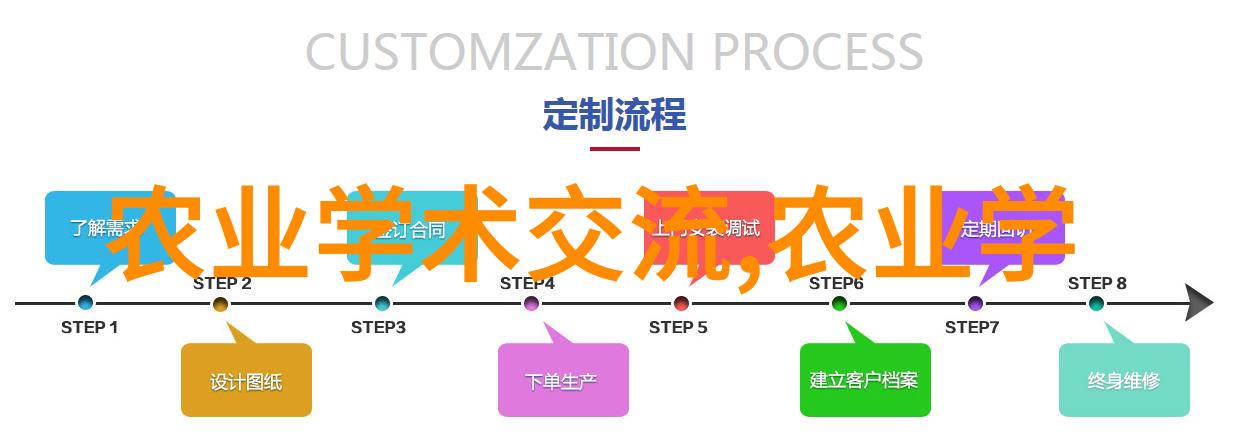您现在的位置是: 首页 - 学术交流 - 果实成熟期对果树苗木营养需求影响分析 学术交流
果实成熟期对果树苗木营养需求影响分析
2025-04-13 【学术交流】 0人已围观
简介一、引言 在园艺中,选用合适的果树苗木种植对于提高作物产量和品质至关重要。然而,随着时间的推移,果树苗木在生长过程中的营养需求也会发生变化,这些变化尤其显著在果实成熟期。在这一阶段,植物需要更多的能量来支持水分和糖类储存,从而为下一代提供足够的营养以促进种子发芽。因此,本文旨在探讨果实成熟期如何影响fruit trees(苹果、梨等)的营养需求,并提出相应的栽培策略。 二、背景与意义
一、引言

在园艺中,选用合适的果树苗木种植对于提高作物产量和品质至关重要。然而,随着时间的推移,果树苗木在生长过程中的营养需求也会发生变化,这些变化尤其显著在果实成熟期。在这一阶段,植物需要更多的能量来支持水分和糖类储存,从而为下一代提供足够的营养以促进种子发芽。因此,本文旨在探讨果实成熟期如何影响fruit trees(苹果、梨等)的营养需求,并提出相应的栽培策略。
二、背景与意义

果树苗木的选择与栽培
选择正确类型和品种是成功栽培任何植物的一个关键因素。不同类型和品种有不同的生长习性,如耐寒性、耐旱性以及抗病虫害能力等。此外,对于新鲜采来的fruit trees(如小喇叭花)来说,它们需要一定时间适应环境,因此早期照顾至关重要。

营养需求随季节变化
从萌芽到开花再到结出硕大可食用的水果,每个阶段都有其特定的营养需求。这意味着农民必须根据季节调整施肥计划,以确保他们提供了所需的一切,而不导致过度或不足。

三、影响因素及其分析
水分管理

水分是所有生物必不可少的一部分,无论是在干旱还是雨季。当fruits(如苹果)开始成熟时,它们吸收大量水分以增加大小并形成甜味。这就要求农民注意土壤湿度,不要让土壤变得过于干燥,也不要使之淹没,因为这可能会导致根部腐烂或其他问题。
气候条件及光照时间长度改变
气候条件,如温度升高,通常伴随着更长的日照时间,这些都将加速fruits’ growth rate。但这种增长速度并不总是一致且恒定的;当天空晴朗且无云时,大多数fruits都会比阴雨天更快地进行光合作用,从而产生更多葡萄糖作为储存体积所需能量来源。
病虫害防治措施变革
尽管整年内保持良好的卫生状况对于避免疾病和昆虫问题至关重要,但特别是在生产丰富的人口的时候,比如最接近收获日期时,当作物已经达到最大价值时,更需要实施额外保护措施来防止损失。一旦受到侵扰,即使使用了有效药剂,如果没有及时处理,那么整个作物周期可能会因为单个事件而受阻。
四、高效施肥策略介绍
为了满足fruit trees’不断变化的nutritional needs,可以采用以下几个策略:
定期监测土壤酸碱值:通过定期测试可以确定是否需要调整pH水平,以便给予最佳支持。
多样化施肥:避免使用单一化学肥料,而是结合有机材料和自然矿物质,使得nutrient profile更加全面。
间歇施肥:根据plant’s growth stage制定精细化计划,让它能够利用每一次补充最有效地增强自身抵御疾病与昆虫威胁能力。
结合灌溉系统:结合灌溉系统可以控制浇灌频率,同时还能实现精准施肥,将必要资源送达目标区域,而不是简单散布到整个土地上去浪费资源。
自然循环利用:回收废弃材料转化为有机堆料用于改善土壤结构并增加维持微生物群落活力,有助于自我净化功能减少依赖人工化学产品。
五、小结与展望
综上所述,在fruits' ripening period,其nutritional requirements undergo significant changes, which necessitate a more targeted and dynamic approach to their cultivation and care through the use of diverse fertilization strategies and monitoring techniques for optimal plant health management.
This article has provided an overview of how fruit tree saplings can be nurtured during the ripening process by adjusting nutrient intake based on seasonal variations in water availability, climate conditions, pest control measures, and soil pH levels.
By employing these strategies farmers can optimize the yield of high-quality fruits while minimizing potential risks associated with disease outbreaks or insect infestations that may impact overall crop productivity.
As agriculture continues to evolve toward sustainable practices that prioritize environmental stewardship alongside economic viability, it is crucial to explore innovative methods for optimizing fruit tree sapling development within an ecosystem context that balances human needs with natural processes.
Future research should focus on integrating cutting-edge technologies like precision agriculture tools with traditional knowledge about specific crop varieties to create tailored solutions for growers worldwide as they strive towards achieving better resource allocation efficiency in maintaining healthy orchards while ensuring consistent yields throughout the seasons ahead.
In conclusion, this comprehensive analysis underscores the importance of understanding seasonal fluctuations in nutritional demands when cultivating fruit trees from seedlings to maturity – a critical consideration for maximizing long-term success in agricultural endeavors aimed at fostering resilient ecosystems supporting abundant harvests year after year






